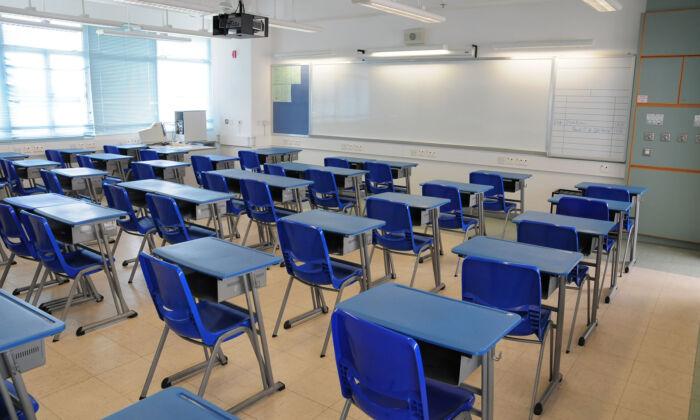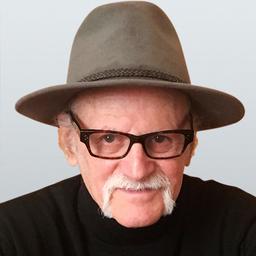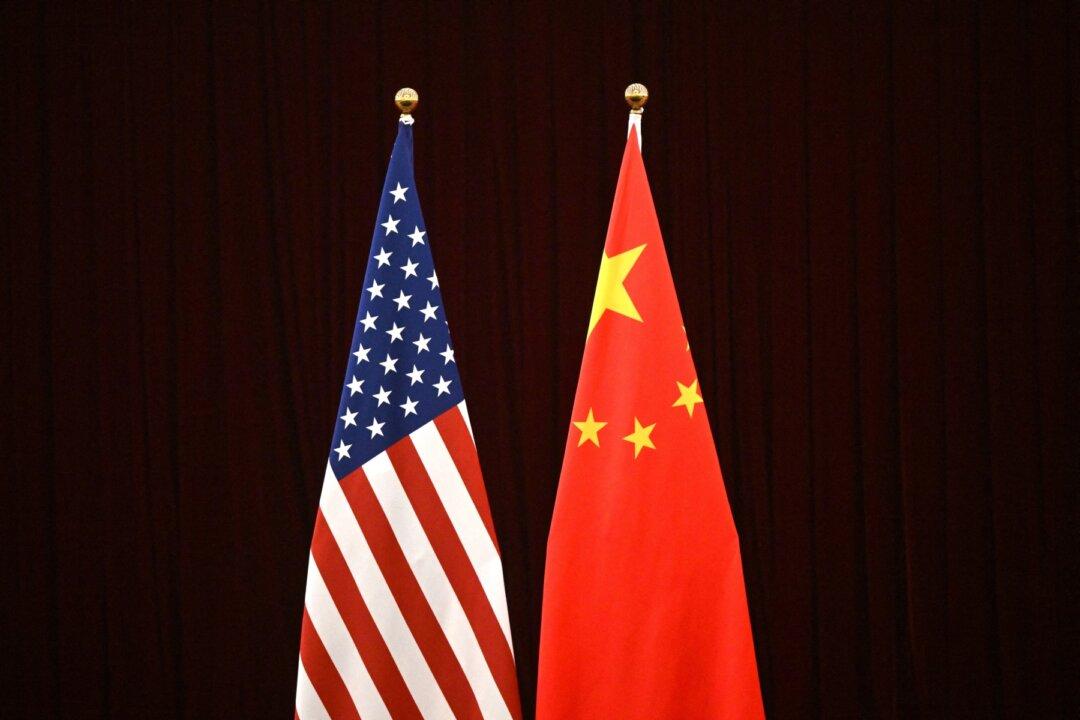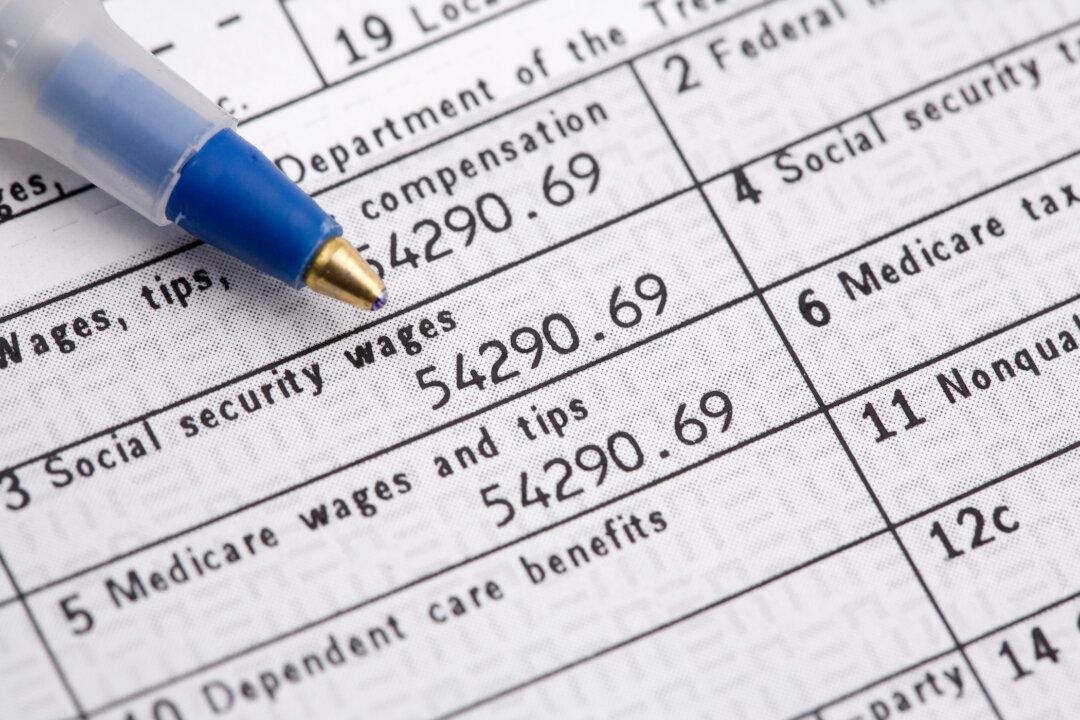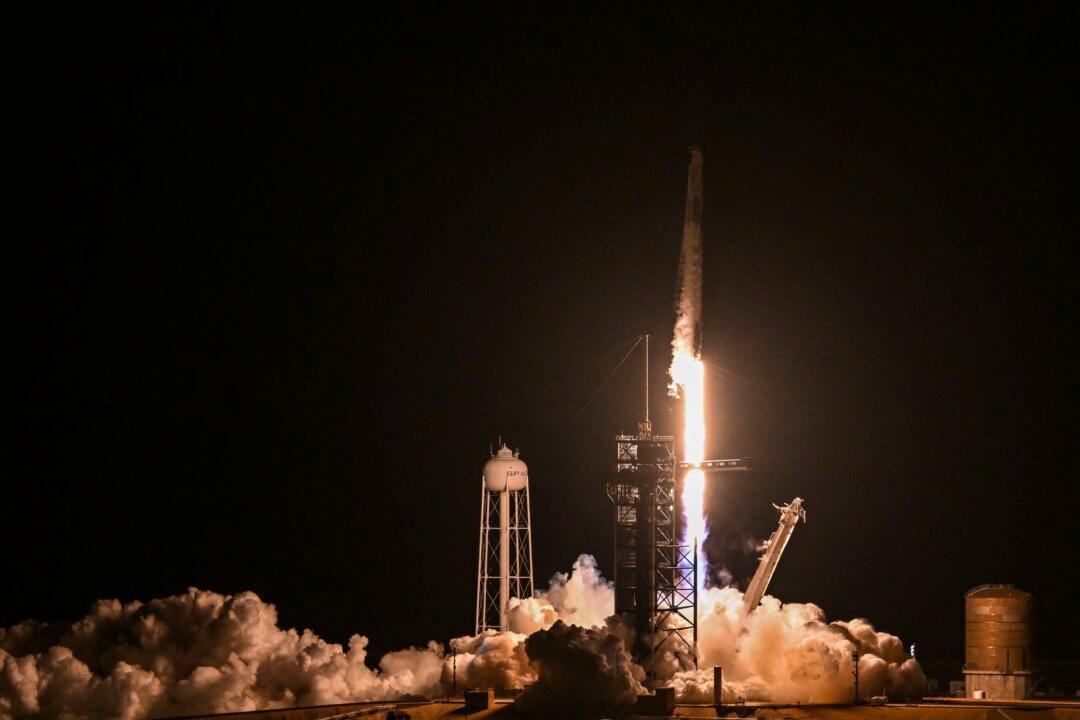Operating schools is a business, not something governments do. Public sector enterprises and public sector employees are less creative than the private sector, almost by definition, and are not capable of running a school district.
This is why until 1890, when progressives created what we have today (amalgamated public school districts), all U.S. schools were private. Thomas Jefferson, who created the world’s first public funding of education, couldn’t have imagined (nor could any of the Founding Fathers) that the state would administer those schools.
Look at how the nation’s public schools handled the $1.9 trillion they received to counter the drop in test scores from the less-than-adequate two years of home learning during COVID-19. Rather than provide intense tutoring, an extended day, or an extended school year, or require students to study seriously, according to a June 6 New York Times article titled “Schools Get Mixed Grades for Use of Covid Aid,” nationwide, school districts (with few exceptions) spent that money on improving facilities, purchasing sports fields, replacing HVAC systems, and upgrading flooring and parking lots. Their rationalization: It improves student safety and wellness; that money will run out, so we don’t want to start something and then cancel it; we can’t find teachers. So unbusinesslike—proof that the nation’s public schools should be reprivatized.
A young progressive teacher, Kayla Dee Simone, wrote an essay for PBS NewsHour, June 6, stating: “I don’t know a teacher right now who is not struggling, and I know a lot of teachers. Teaching via Zoom during the pandemic was very unsatisfactory. My low-income students didn’t even have access to a computer. Then, once we figured out how to teach on Zoom, school districts shoved us back into the classroom with 25 kids. How was I supposed to keep them six feet apart? How was I supposed to handle immigrant kids speaking so many languages—without an aid?
“First day back, teachers were exhausted. Students were exhausted. Unsupervised by an adult for a year and a half, so many had become apathetic. After asking for but not receiving aid, teachers felt demoralized.
“So much so that I no longer feel empathy for my students. I have decided I must quit. My mental and physical health can no longer sustain it. I am in mourning for a life I had expected.”
When young, well-prepared, motivated teachers can no longer stand it, it’s time to shut the public schools.
A consensus may be building. In 2022 in San Francisco, the nation’s most progressive city, three board of education members were voted out of office. During the COVID-19 lockdown, rather than find ways to reopen schools, they spent their time renaming those schools—because, in their opinion, on close examination, each famous person for whom the schools were named had at least once in their lifetime committed some politically incorrect act. The following schools were listed for immediate name changes: Thomas Jefferson, Abraham Lincoln, George Washington, Dianne Feinstein, Robert Louis Stevenson.
At the start of progressivism in 1890, private schools were nationalized, but the final nail was in 1933, when the New Deal completely reversed the nation’s founding principles, returning America to aristocratically rooted European socialism—a mistake as foundationally huge as believing the world is flat or that the sun revolves around the earth.
Rich northern nations can afford socialism—the United States, Canada, Norway, Sweden, Finland, Denmark, France, Germany. They don’t notice the consequent lower standard of living. Poor nations do. The Soviet Union survived at a standard of living one third the level of the West, Cuba and North Korea at one tenth.
So sad, because Cuba and North Korea are both naturally entrepreneurial. Had Cuba not gone socialist, today Havana, rather than Miami, would be the financial capital of Latin America.
